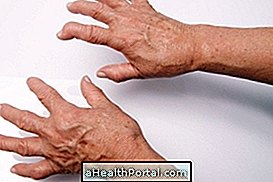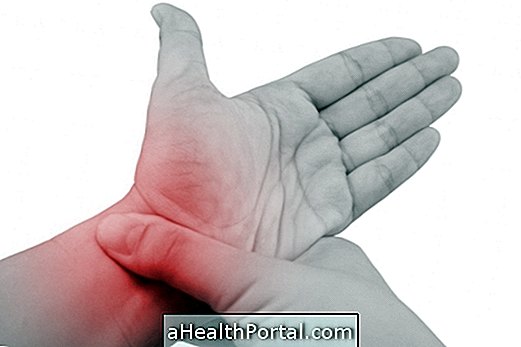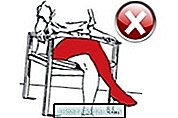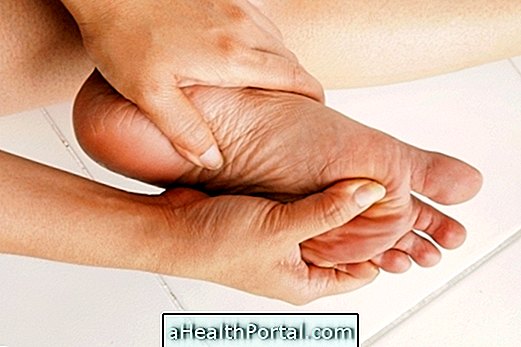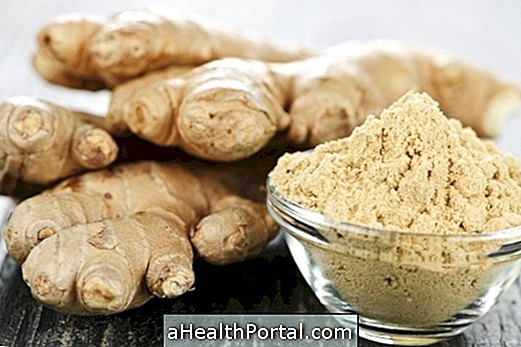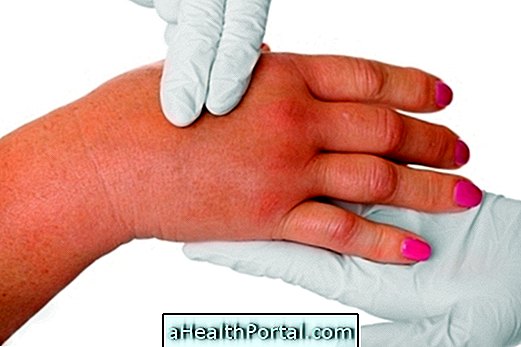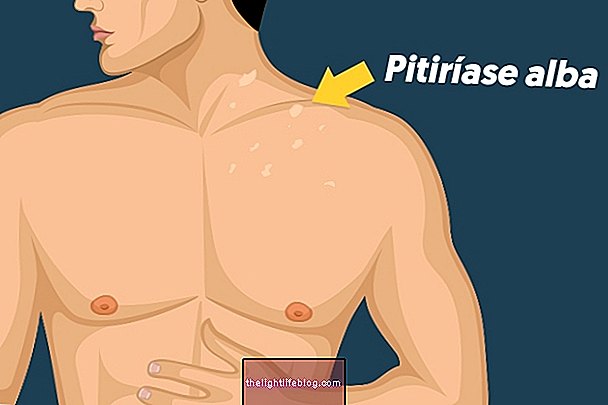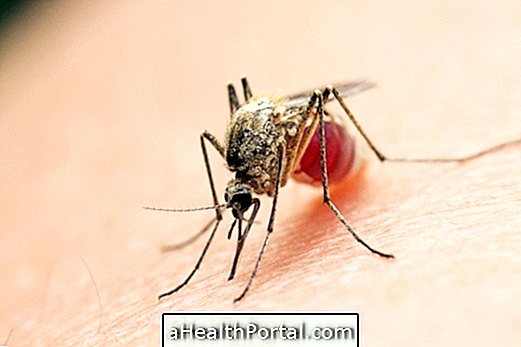Synovial cyst is a type of lump, similar to a lump, arising near a joint, consisting of synovial fluid, which can be caused by local strokes, repetitive stress injuries or joint defects, for example.
Generally, the most frequent sign of the synovial cyst is the appearance of a rounded and soft lump that appears near the joint. This type of cyst usually does not cause any kind of pain, however, as it grows close to muscles and tendons, some people may feel tingling, loss of strength or tenderness, especially when the cyst has a very large size.
It is common for cysts to change in size, which may disappear naturally or reappear after treatment.
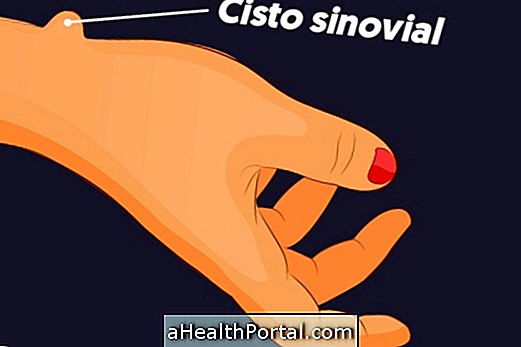
Main symptoms
The main sign of a synovial cyst is the appearance of a soft lump up to 3 cm near a joint, however, other symptoms may also arise, such as:
- Pain near the joint;
- Constant tingling in the affected limb;
- Lack of strength in the affected joint;
- Decreased sensitivity at the affected site.
Usually, the cyst slowly grows over time due to the accumulation of synovial fluid from the joint, but may also arise from moment to moment, especially after strokes.
There may still be very small synovial cysts that are not seen through the skin but are very close to nerves or tendons. In this case, the pain may be the only symptom, and the cyst ends up being discovered through an ultrasound, for example.
Types of synovial cyst
The most common synovial cysts are:
- Synovial cyst in the foot : its causes include tendinitis and racing with inadequate footwear and its treatment can be done through aspiration to drain the cyst or surgery, depending on the severity;
- Synovial cyst of the knee, or Baker's cyst: more common in the back of the knee and the most indicated treatment can be aspiration for drainage and physiotherapy. Understand better what Baker's cyst is;
- Synovial cyst in the hand or wrist: may arise in the hand, fingers or wrist and the treatment may be compression with a splint for immobilization, aspiration of the fluid, physiotherapy or surgery.
Synovial cysts can appear at any age and their diagnosis is made through physical examination, ultrasonography or magnetic resonance imaging.
How is the treatment done?
Treatment of synovial cyst depends on its size and the symptoms presented. In the absence of symptoms, the use of medications or surgery may not be necessary, since the cysts often disappear by themselves.
But if the cyst is large or causes pain or decreased strength, it may be necessary to use anti-inflammatory drugs, such as Ibuprofen or Diclofenac, as indicated by a doctor.
The aspiration of cyst fluid can also be used as a form of treatment and is done through a needle in the doctor's office with local anesthesia, removing the fluid accumulated in the region of the joint. After aspiration, a corticosteroid solution may be injected to aid in healing of the cyst.
Natural Treatment Options
An excellent home treatment to relieve synovial cyst symptoms is to apply ice to the affected site for about 10 to 15 minutes several times a day.
In addition, acupuncture can also be used to aid in the treatment of synovial cyst, mainly to relieve local pain.
When surgery is needed
Synovial cyst surgery is performed when the use of medicine or removal of fluid from the cyst has not caused any improvement in symptoms. Usually the surgery is done with local or general anesthesia, depending on its location, and consists of complete removal of the cyst.
After surgery, the person can usually return home the day, and should be resting for at least 1 week to prevent the cyst from appearing again. For 2 to 4 months, the physician can still recost physiotherapy sessions to aid in complete recovery.
Synovial cyst physiotherapy may utilize ultrasound, stretching, compression, or active or resisted exercises to decrease inflammation and facilitate natural drainage of the cyst. Physiotherapy should be individualized and is quite important for patient recovery after surgery.

